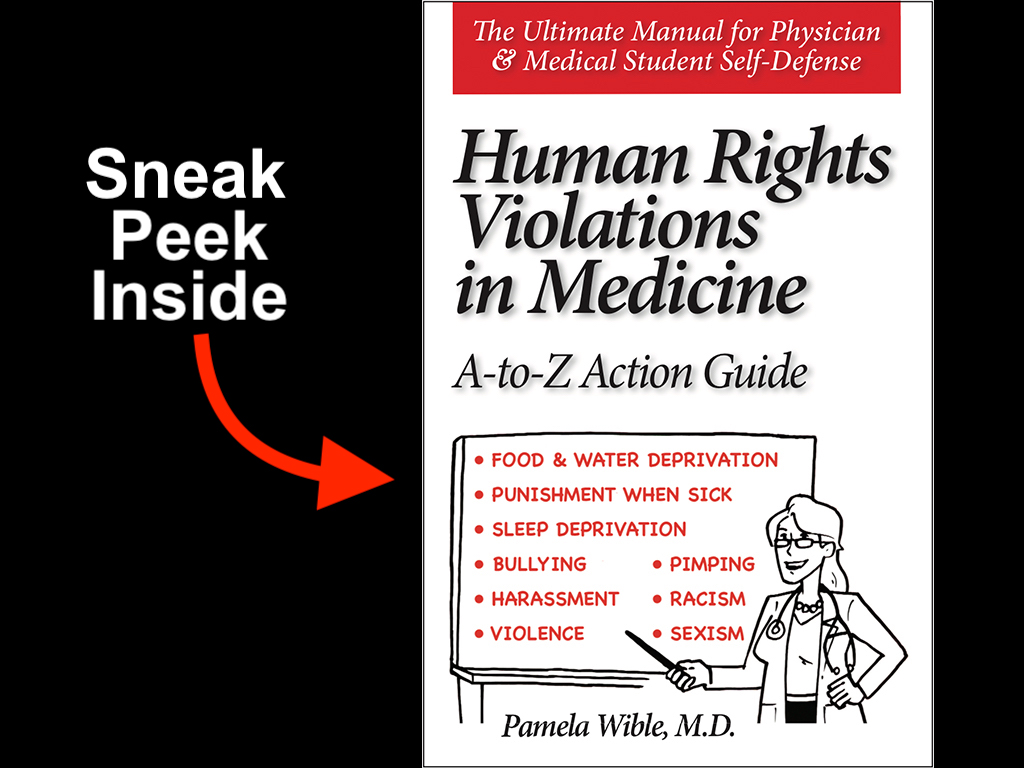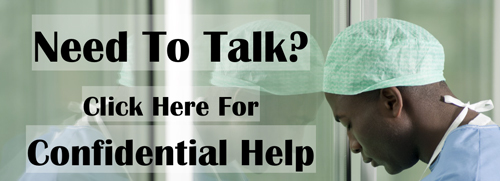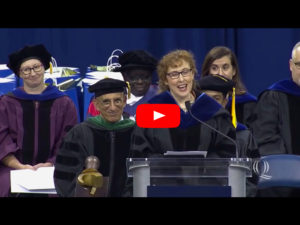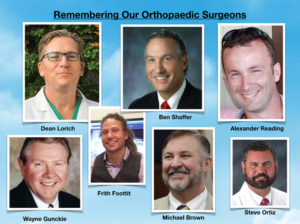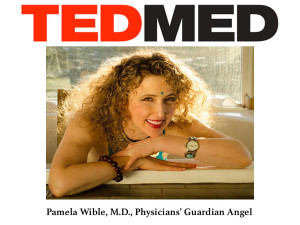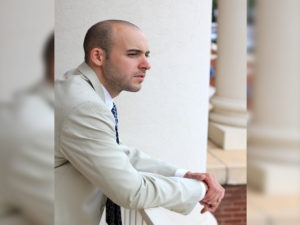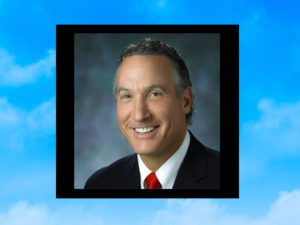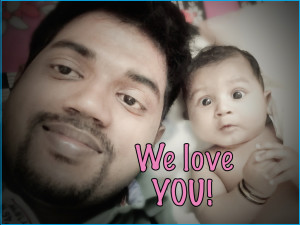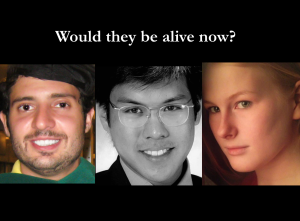***
How to end hazardous working conditions in hospitals (& protect yourself) →
Documentation Guidelines for Medicolegal Protection
I’ve been asked about medicolegal protection during the pandemic. Do you face liability from lack of PPE, rationing ventilators, working outside your scope of practice. How to manage administrative threats, retaliation, forced “volunteerism” without pay, and lack of supervision for medical trainees. I strongly advise documenting ALL hazardous working conditions and violations of your human rights by any medical institution that endangers you or your patients. Maintain documentation at home and when relevant—in the medical record.
Medical liability cases are won or lost on documentation. Without a comprehensive medical record, you can’t defend yourself. Protections of your rights may be lost if you fail to act within the statute of limitations. Do not naively assume things will get better. Do not naively trust politicians and promises that you are protected during a pandemic. Your career and future are on the line. TAKE ACTION NOW with these 11 strategies . . .
1. Document everything. Write a memo to yourself describing any interaction that makes you feel uncomfortable. Note the date and time and everyone present. Email it to yourself using a personal email address.
2. Record everything. Use your cell phone to audio record the abuser (remember many cell phone apps will turn off when you receive a phone call so use airplane mode). Alternatively, order a cheap keychain USB recording device to capture all interactions so you have detailed documentation of the encounter. PLEASE Note: In the United States crimes are legal to record. When in doubt, press record.
3. Forward all work emails to a personal HIPAA-compliant account. Medical professionals who receive harassing work emails or text messages may have their work accounts deactivated by their employer in an attempt to destroy incriminating evidence to protect an abuser. Safeguard confidential patient information and do not violate HIPAA.
4. Make at least two additional copies of all documentation. In addition to your personal computer, consider an online cloud storage option and send a USB drive to a trusted friend or family member to keep for you. Store one in a safe deposit box for added security.
5. Ask other residents or hospital employees if they are experiencing the same types of mistreatment and document their personal contact information in case other victims leave your medical institution and you need to reach them.
6. Many medical professionals don’t realize that the objective of Human Resources is to protect the company or hospital. They may pressure a victim to inappropriately confront a perpetrator or sign documents that could hurt their legal case. Keep copies of any paperwork presented to you. Never sign any documents under duress without the advice of your own attorney.
7. Document all internal efforts to report and resolve human rights violations at your medical institution. Include dates and times of your meetings with Human Resources or your ombudsman. Many academic medical centers have an ombudsman that acts as a confidential advocate. Most take their job seriously and may help you identify an attorney. Some break confidentiality.
8. Document meetings with potential attorneys and their advice. Hire an attorney with experience defending medical students, residents, and physicians, as law pertaining to each of these groups can be complex. Consider hiring a JD/MD (or DO) who understands personally the abuses of medical training. Many attorneys will work on contingency and only take a percentage of fees from a successful lawsuit.
9. Each time you are evaluated or hospitalized, immediately request a copy of your medical records. If you are obstructed in any way from receiving medical records within 30 days of your request, seek legal counsel. Medical institutions have been guilty of withholding and altering evidence.
10. Download copies of medical institution handbooks, employee contracts, and other documents related to your employment or education.
11. You have the right to a safe workplace. If your workplace is unsafe, unhealthful, or hazardous, file a confidential OSHA (Occupational Safety and Health Administration) complaint to trigger an on-site inspection by a compliance officer trained to protect workers and their rights. Then request a health hazard evaluation through NIOSH (National Institute for Occupational Safety and Health). They will perform an assessment of physician work conditions and file a report with recommendations. Three employees are required to request a NIOSH evaluation. Your identity will remain confidential.
Questions? Need to talk? Contact me here.
Or review complete self-defense strategies here. Click on Amazon book cover to read chapters for free.
***
Telemedicine Tips & Tricks →
Start your telemedicine clinic—today. Whether you’re a med student, resident, physician, or nurse—you can use telehealth to share your expertise now—and get paid. No need to sit through another committee meeting or ask for permission. View video or download MP3 for details.
In today’s podcast/video you will learn how to:
* Practice telemedicine without any special platform—just your cell phone (or landline).
* Collect credit card payments or insurance reimbursement.
* Decrease your overhead to < 10%—(even 2 or 3%).
* Launch your clinic for just $627. Here’s how I did it.
* Save 86% on your malpractice premium. Instructions here.
* Host interactive group visits—and get paid.
* Work from home naked—or while breastfeeding!
* Determine your special niche and target your ideal patients.
* Discover cheapest ways to market to patients. Download 147 ways to grow your practice.
* Learn sneaky ways to do physical exams virtually.
* Leverage staff in telehealth visits (& get reimbursed by insurance)
* Practice telemedicine from anywhere in the world!
* Sing the “happy doctor” song 🙂
If you are stressed out, anxious, depressed, or even suicidal, contact Dr. Wible for free 100% confidential help 24/7.
Thanks Kendra Campbell, MD & Kerry Traugott, DNP for your wisdom.
***
Physician Suicide & Resilience Gaslighting →
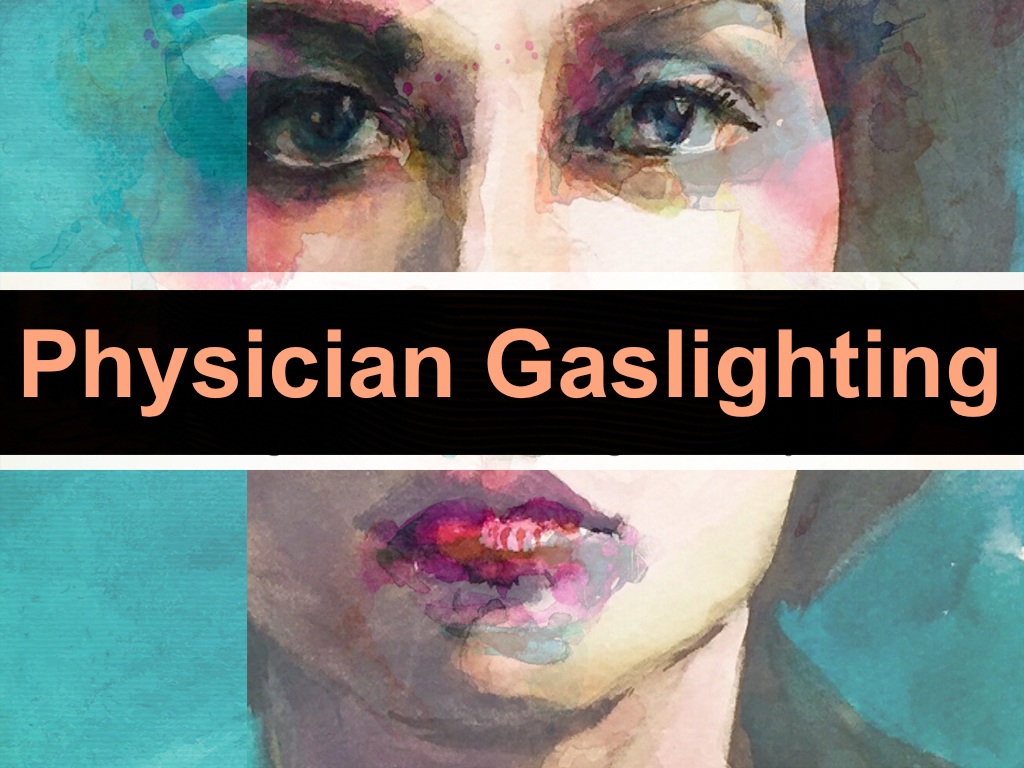
An open letter published with permission from a resident physician in the aftermath of a doctor suicide:
“A resident at U of M [Manitoba] has committed suicide. The school circulated and email stating that he died as if it were an accident. If I hear one more person utter the words ‘physician resiliency’ I’m going to lose it. Making this an issue about ‘resiliency’ is a pretty clever way to shift onus on the individual. In the face of this mental health crisis we hear again and again that we need to ‘bolster resiliency.’ What does that mean? Toughen up? Take time for yoga? I think the language is becoming toxic. Please tell me how one can be ‘resilient’ working 110 hours a week in an ultra-stressful environment. By using your 30 minutes of free time every week for mindfulness meditation? Organic food? Free coffee in the lounge? Let’s cut the crap and talk about real issues facing residents: the exhausting workload, the hours, the toxic working environment. access to mental health services, the inability to take personal days. So please do not insult us with talk of resiliency. We’re all resilient. We all fought hard to get here. It’s one thing to ignore a problem, and another to deliberately misdirect and mislead. Show some damn respect.”
I was asked for advice so I share the impact of gaslighting and blaming victims for lack of resiliency when they are subjected to hazardous working conditions that violate their human rights.
Gaslighting is psychological manipulation of a medical student or physician leading the victim to question their own sanity.
The goal of a gaslighter is to make a medical student or physician doubt themselves, lose their sense of identity, perception of reality, and self-worth. Article 26 of the Universal Declaration of Human Rights proclaims: “Education shall be directed to the full development of the human personality and to the strengthening of respect for human rights and fundamental freedoms.” Yet gaslighting is a common form of manipulation and mind control in medicine—often through words and phrases that are repeated over and over again until victims are so worn down that they accept (and even defend these words) as their new reality. Gaslighting is psychological warfare.
Physician “burnout” is the most popular victim-blaming buzzword used to make medical professionals question their self-worth while distracting attention from the medical system that has perpetuated human rights violations on physicians. A slang word for end-stage drug addiction first used on the streets of inner city America in the early 1970s, “burnout” is now weirdly accepted as a real condition for doctors. Despite medicine’s obsession with measuring physician “burnout” for nearly four decades, the epidemic of physician cynicism, exhaustion, and despair is worsening. Psychiatrists define “burnout” as a job-related dysphoria in an individual without major psychopathy—meaning you’re normal; your job is killing you. You are not at fault. Stop accepting blame.
The proposed solution for physician “burnout” is physician resilience. The word resilience is used to blame doctors who are truly among the most resilient human beings on the planet and simply need to be treated with respect and supported in their work. If you made it into medical school you’re already in the top one percent of compassion, intelligence, and resilience. You have no resilience deficiency. You are not defective. You are responding normally to an abusive medical system as this doctor explains:
“After a forced increase in work hours to maintain productivity, my chief publicly blew up at me unprovoked in the OR like something out of a horror movie as he morphed into a monster before my eyes and triggered my PTSD. Then the male physician administrator pats my hand, oozes sympathy, and honestly said, ‘You are clearly the most burned out of our anesthesia group. Tell me how I can help you be more resilient.’ I am a 61-year-old woman who has practiced anesthesiology for nearly 30 years: I am as bloody resilient as I can be! Why does the system create an untenable set of working conditions, causing stress and exhaustion, and when the predicted outcomes occur—I am the problem!”
To prevent physician “burnout,” health care institutions may offer physician resilience workshops to train doctors to prioritize self-care and manage their emotions so they don’t become disruptive—another term that blames doctors who express feelings of despair from gaslighting. Disruptive physicians who stand up and say no to abuse are then labeled as unprofessional. The list of gaslighting terms used to manipulate and confuse doctors are too numerous to compile (though I encourage you to keep your own list at the end of this chapter).
“Despite seeing a physician on a regular basis, I had to seek psychiatric evaluation at an emergency department,” reports a trainee. “Rather than going to a facility covered by my insurance, my program insisted I come to my own hospital—what followed was an egregious violation of my health records that were modified and used against me. I was blamed for my mental health: my ‘burnout’ and my lack of ‘resilience.’ I was coerced into resignation, and I would later discover I was not the first nor the last resident in my program to experience this. I am still on the road to recovery from this harrowing situation.”
The end result of using gaslighting words that blame doctors for the abuses committed by the medical-industrial complex is physician disempowerment, hopelessness, anxiety, depression—and suicide.
Appointing chief wellness officers to help physicians with “burnout” by mandating wellness modules for the abused can be part of the problem as illustrated in the video below.
TAKE ACTION NOW
-
Always ask for precise definitions of all words used to blame doctors at your medical institution. If there is no definition or the meaning is so convoluted that you are confused, then there is a high probability the word is being used to gaslight you.
-
Ask, “What could I have done differently. What is the proposed solution?”
-
Talk to a trusted mentor to get feedback before accepting any label and definition as helpful to you.
-
Stop using gaslighting phrases like “physician burnout.” Physicians are not the problem. Victims perpetuate the cycle of abuse by using the words of their oppressors.
-
Document, document, document. Save every email and record every conversation. If you are being blamed, manipulated, and confused at work, document everything. Reference Human Rights Violations Documentation Guidelines in this book.
-
Keep a list of words used to blame doctors at your medical institution.
To learn more about gaslighting and how to protect yourself from toxic working conditions, reference Human Rights Violations in Medicine: A-to-Z Action Guide.
***
Brief history of why doctors work 28-hour shifts →
Doctors all worked unlimited hours—unchallenged until Libby Zion’s death on March, 5, 1984. Her dad found her care was left to sleep-deprived residents with no supervision. Legal battles ended in New York’s 1989 Libby Zion Law—requiring doctors-in-training be supervised and limited to 24-hour shifts and 80-hour weeks. In 2003 these caps were applied to all US residents and in 2011 new doctors were capped at 16-hour shifts. Yet caps remain unenforced so residents may still work unlimited hours. In 2016, we delivered a 75,000 signature petition to Dr. Nasca at the ACGME, demanding the agency charged with resident training address sleep deprivation and doctor suicides. In response, they nearly doubled new doctor shifts from 16 to 28 hours in 2017 and now permit unlimited hours without justifying why. If this bothers you, tell the ACGME (and your hospital)—that your doctor has a right to sleep or you have a right to see another doctor.
Protect yourself & your loved ones. Always ask, “How long have you been on your shift, Doc?”
Let the ACGME and Dr. Thomas Nasca know how you feel about their decision to allow doctors to work 28+ hours without sleep: Accreditation Council for Graduate Medical Education 401 North Michigan Avenue, Suite 2000, Chicago, IL 60611 or call 312.755.5000. Email Dr. Nasca: tnasca@acgme.org
Hazardous work hours in our hospitals lead to deadly medical mistakes, doctor suicides & fatal car accidents.
Your legal defense strategy: Human Rights Violations in Medicine: A-to-Z Action Guide
***

